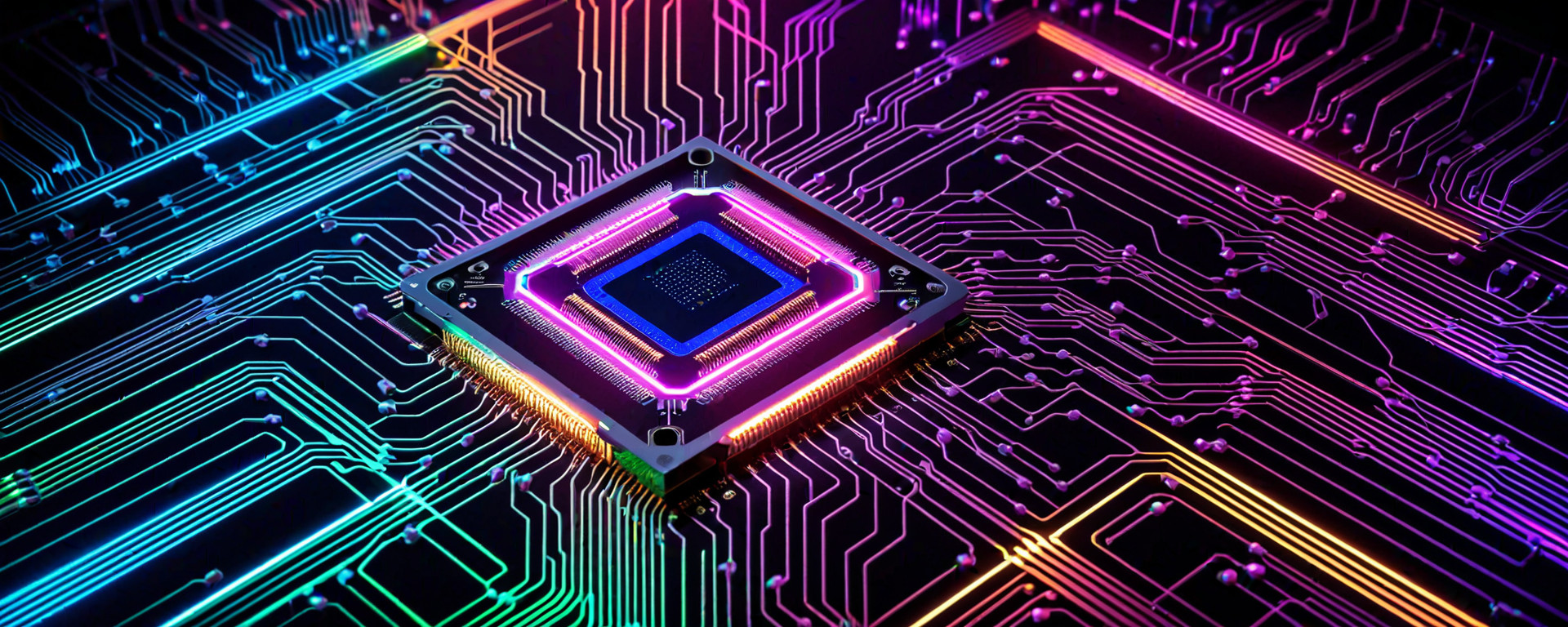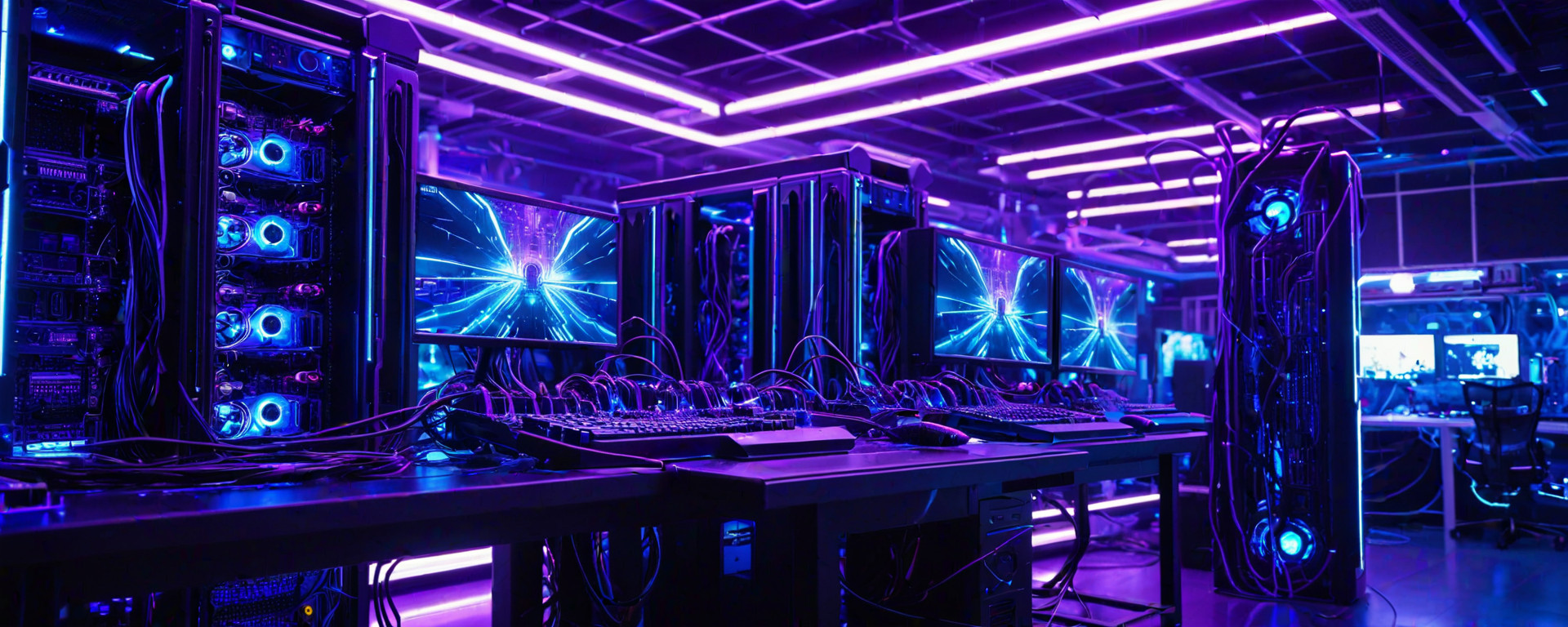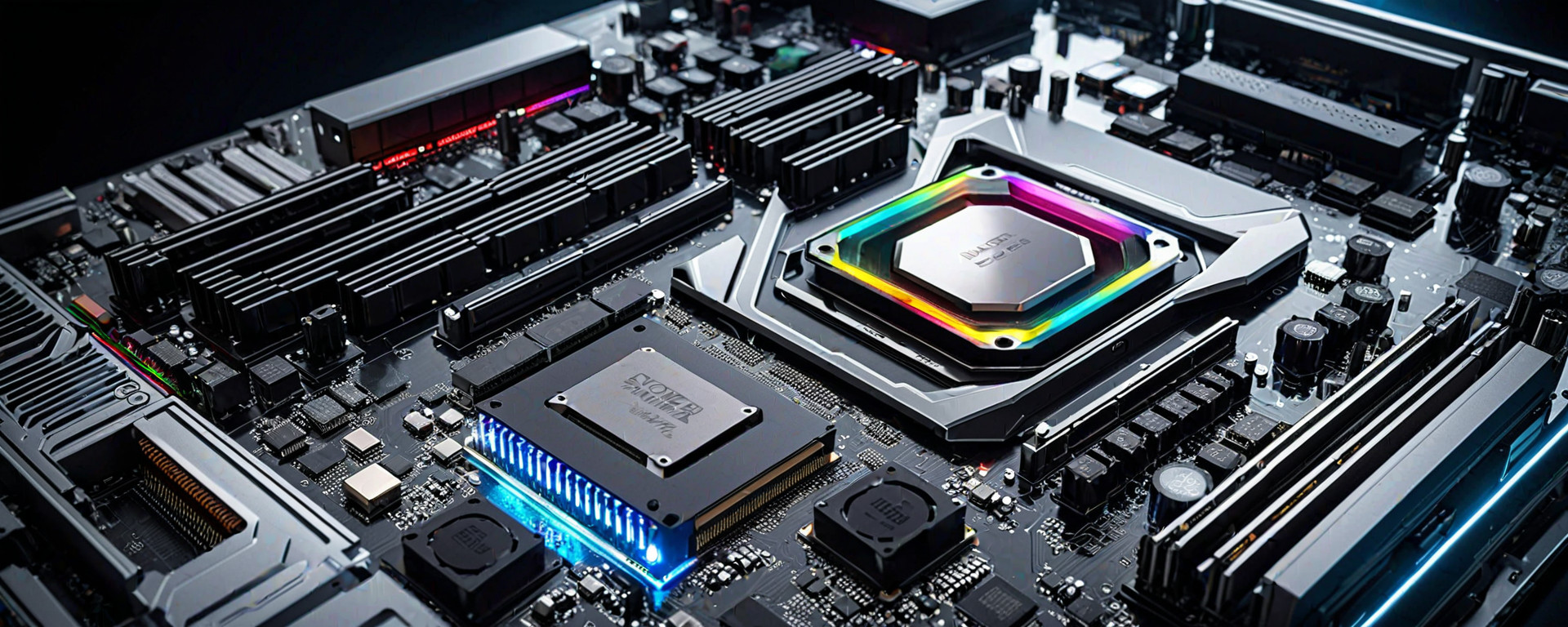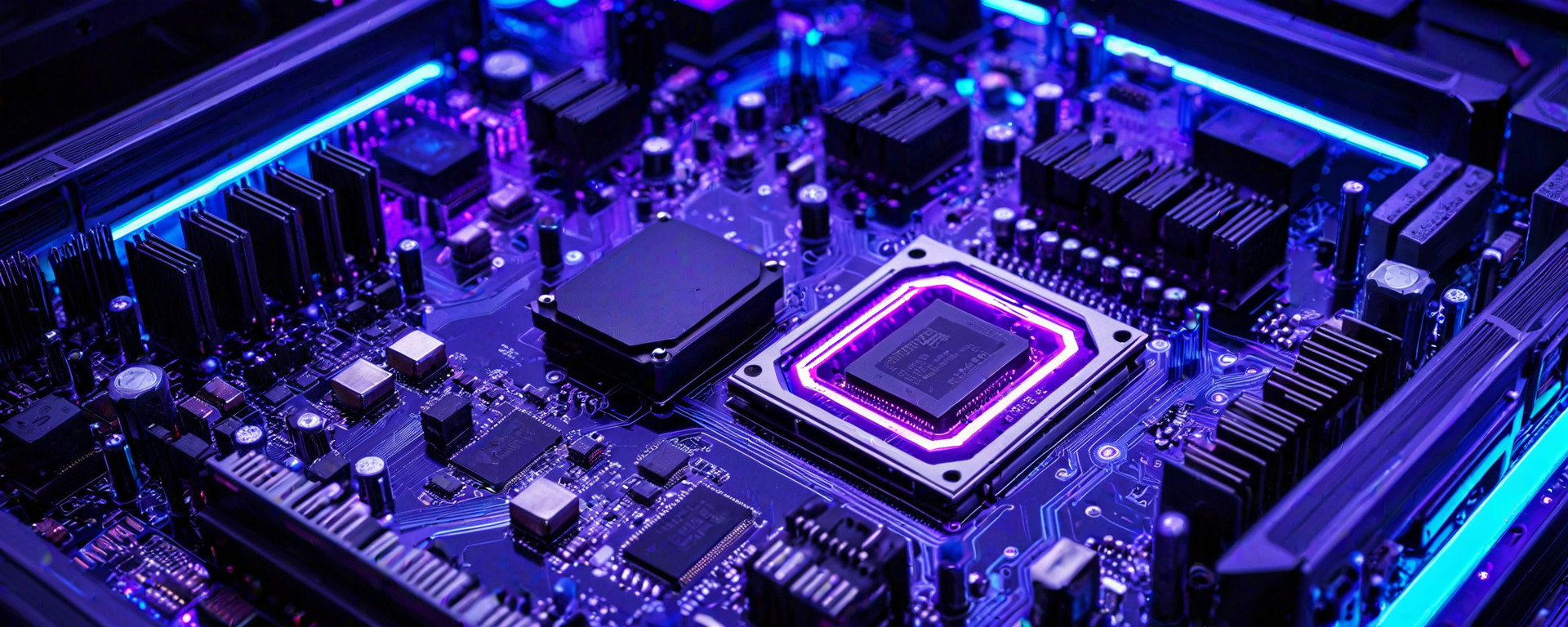Overview of Processor Specifications in Modern Computing
The heart of any computer system lies within its processor (CPU). Understanding processor specifications is crucial for building a PC that meets your needs, whether you're into gaming, productivity, or data-intensive tasks. This article delves deep into the world of CPU technology to help you decipher technical jargon and make informed decisions.
Key Terminologies Explained
Gigahertz (GHz)
The term gigahertz refers to a unit of frequency equal to one billion hertz. In computing, it measures the clock speed of a processor—essentially how many cycles per second a CPU can complete. A higher GHz rating generally means faster performance for single-threaded applications.
Cores & Threads
Physical Cores: These are actual processing units on a CPU that execute instructions independently.
- Single-Core: Older processors with one physical core.
- Dual-Core: Two cores for better multitasking and performance in multi-threaded applications.
- Multicore: More than two cores, enhancing overall processing power and efficiency.
Logical Threads: Also known as hyperthreading or SMT (Simultaneous Multithreading), this technology allows a single physical core to handle multiple threads of execution simultaneously, improving performance in multi-threaded tasks without adding more cores.
CPU Cache
The CPU cache is high-speed memory built directly into the processor that stores frequently accessed data for faster retrieval. It comes in different levels (L1, L2, and L3) with varying sizes, affecting performance significantly.
Understanding Modern Processor Technologies
CPU Architecture
The architecture of a CPU defines its design principles, determining factors like instruction sets, number of cores, clock speed, and cache size. Two popular architectures are:
- x86-64 (AMD64): A 64-bit extension to the x86 architecture used by both AMD and Intel.
- AARCH64 (ARMv8-A): An ARM-based architecture supporting 64-bit computing, commonly found in mobile devices but also increasingly prevalent in high-performance servers and workstations.
CPU Frequency Scaling
Frequency scaling adjusts the clock speed of a processor dynamically based on workload requirements to balance between performance and power consumption. Technologies like Intel SpeedStep or AMD Cool'n'Quiet enable this feature.
Intel vs. AMD: A Comparative Analysis
| Criteria | Intel | AMD |
|---|---|---|
| Cores and Threads | Generally offers fewer cores but higher clock speeds. | Larger core count, often with simultaneous multithreading (SMT). |
| Pricing | Tends to be more expensive across most performance levels. | Often provides better value for money in high-core configurations. |
| Cache Size | Typically larger L3 cache sizes, though AMD has been catching up. | Larger core counts sometimes compensate with smaller per-core caches. |
| Integrated Graphics | Stronger integrated graphics solutions (Intel HD/IGP). | Better overall performance for discrete GPUs but weaker IGP. |
Detailed Comparison of Processor Models
| Model | Brand | Cores/Threads | Clock Speed (GHz) | L3 Cache Size | TDP (Watts) | Price Range ($USD) |
|---|---|---|---|---|---|---|
| Intel Core i5-10400F | Intel | 6/12 | 2.9 - 4.3 | 12 MB | 65 W | $150-$200 |
| AMD Ryzen 5 3600 | AMD | 6/12 | 3.6 - 4.2 | 32 MB | 65 W | $180-$250 |
| Intel Core i7-9700K | Intel | 8/8 | 3.6 - 4.9 | 12 MB | 95 W | $350-$450 |
| AMD Ryzen 7 3700X | AMD | 8/16 | 3.6 - 4.4 | 32 MB | 65 W | $350-$450 |
| Intel Core i9-9900K | Intel | 8/16 | 3.6 - 5.0 | 16 MB | 95 W | $450-$700 |
| AMD Ryzen Threadripper 2950X | AMD | 32/64 | 3.5 - 4.4 | 64 MB | 180 W | $700-$1,200+ |
Choosing the Right CPU for Your Needs
The decision between Intel and AMD depends on your specific use case:
- Gaming: Both brands offer strong performance; consider clock speeds, core count, and integrated graphics.
- Multitasking: High-core count processors (AMD) excel here.
- Video Editing/Rendering: AMD's larger cache sizes and thread counts often provide better efficiency in multithreaded applications.
Future Trends in CPU Development
Upcoming trends include:
- Increase in core density (more cores per chip).
- Better power management features for energy efficiency.
- Growth of heterogeneous computing, combining CPUs with specialized accelerators like GPUs and AI co-processors.
Frequently Asked Questions
Q: What is the best CPU brand?
A: Both Intel and AMD offer excellent processors; your choice depends on specific needs and budget.
Q: Can I upgrade my CPU?
A: Yes, but it requires compatibility with motherboard socket type and sufficient cooling. Consult manual or contact manufacturer for guidance.
Conclusion
Selecting the right processor is crucial for optimal system performance. Understanding key factors such as core count, clock speed, cache size, and brand differences will help you make an informed decision that meets your computing needs efficiently and effectively.
Stay updated with latest developments in CPU technology to leverage advancements for better productivity and entertainment experiences!








